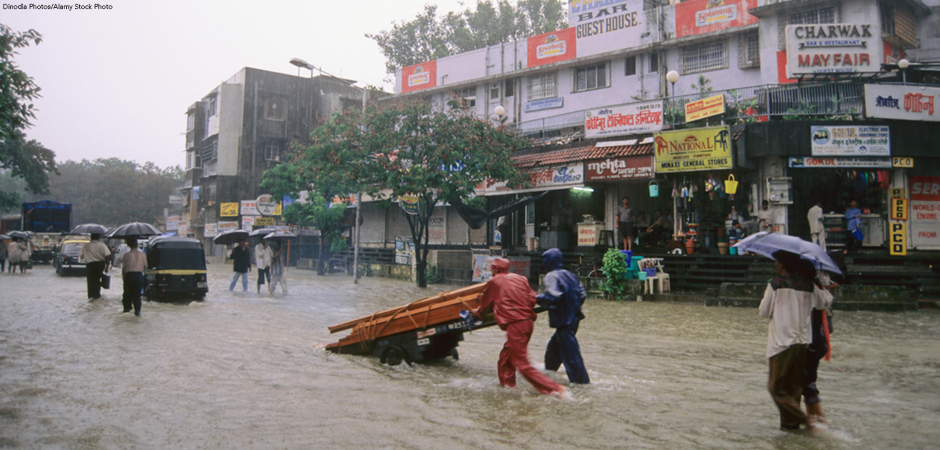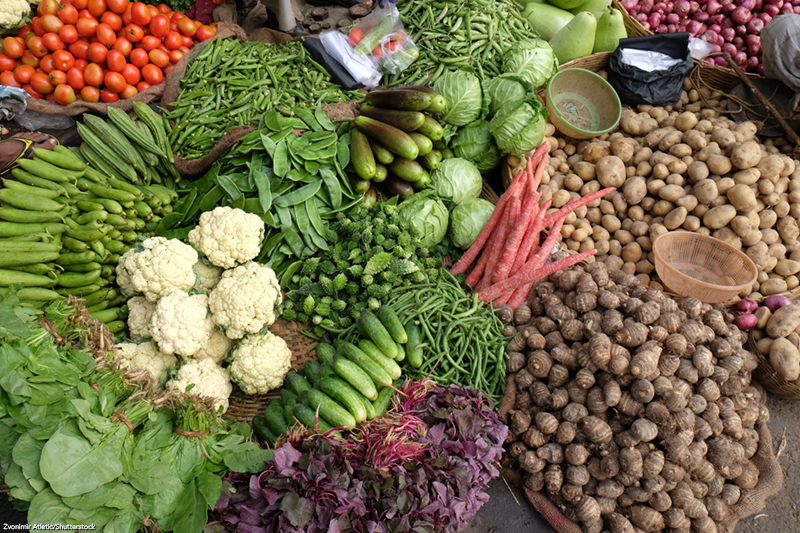
In India, high inflation has combined with weather-related and other events to cause a steep increase in food prices. Inflation is a general rise in price levels. As inflation has raised prices, many basic food items, such as tomatoes and onions, are too expensive for many Indian families to afford.
Inflated Food Costs
Food costs in India have more than tripled in 2023. Food price inflation in India is 11.5 percent. This is the highest it has been in more than three years. In comparison, food price inflation in the United States is 4.3 percent. With inflated food prices, India’s currency, the rupee, cannot buy as much as it used to.

For example, many Indian meals include tomatoes, onions, chicken, rice, cooking oil, and flatbread made from flour. Tomatoes, which previously cost 20 rupees (25 cents) rose to 100 rupees ($1.25). The price has become so high that even India’s McDonalds and Subway chains no longer include tomatoes in their products. Onions, which had normally cost about 30 rupees (35 cents), increased in price to 180 rupees ($2.10). Cooking oil is now double the price it was a year ago. And a sack of flour—10 kilograms, or 22 pounds—rose from 250 rupees ($3.00) to 320 rupees ($3.85). An increase in the price of chicken feed has caused chickens to be much more expensive too.
Causes of High Prices
One of the main reasons for the huge jump in grocery prices can be traced to shortages. When an item is in high demand but low supply, its price rises. But what caused the shortages in India? Devastating floods occurred in northern India in July and August. India typically experiences monsoon season, or heavy rains, from June to September. But extreme rainstorms caused hundreds of deaths, massive landslides, and flash floods, which ruined harvests in the north.
Another weather-related cause of low harvests is El Niño. This is the name of a weather pattern that occurs naturally in the Pacific Ocean every few years. During El Niño, water and air currents in some parts of the Pacific Ocean warm up. As these currents move around the globe, they change usual climate patterns. Some areas affected by El Niño become hotter and wetter, while other areas become cooler and drier. The unpredictable weather causes harm to fragile crops such as tomatoes. Unlike northern India, southern and eastern India are facing low harvests due to a dry spell caused by El Niño.
The high cost of cooking oil is blamed not on the weather, but on the Russia-Ukraine war. India buys 70 percent of its sunflower oil from Ukraine. The war originally disrupted this trade, causing the price of oil to increase dramatically. Although the price has recently dropped internationally, India’s demand for oil is still high, which has kept the price high.
The Government’s Response
Prime Minister Narendra Modi has taken steps to lower grocery prices in India. The government has banned exports, or out-of-country sales, of onions and rice, and is set to also ban sugar exports. The government has started importing, or bringing into India, tomatoes purchased from the nearby nation of Nepal. In addition, the government subsidizes prices for vegetables, particularly onions and tomatoes. Subsidizing means that the government pays part of the price, and the customer pays the rest. With national elections taking place next year, Prime Minister Modi intends to keep agricultural products within his country’s borders. Low-income families in India receive about 30 pounds of wheat per month from the government. This amount lasts about ten days. The rest of the time, families pay the going market price or the subsidized price for groceries. That is especially difficult to do when estimates put the number of Indians who live in poverty at 10 to 27 percent of the population.
Economic Dilemma
Many economists believe that the Indian government’s response to its shortages—banning exports—is the wrong action to take and leads to more food shortages. Economists explain that when Indian farmers cannot sell their products for higher prices on the international market, they receive lower prices within their own country. As a result, they have no reason to grow larger harvests. Indian consumers may briefly benefit from export bans, but farmers do not, and India faces food insecurity over time.
